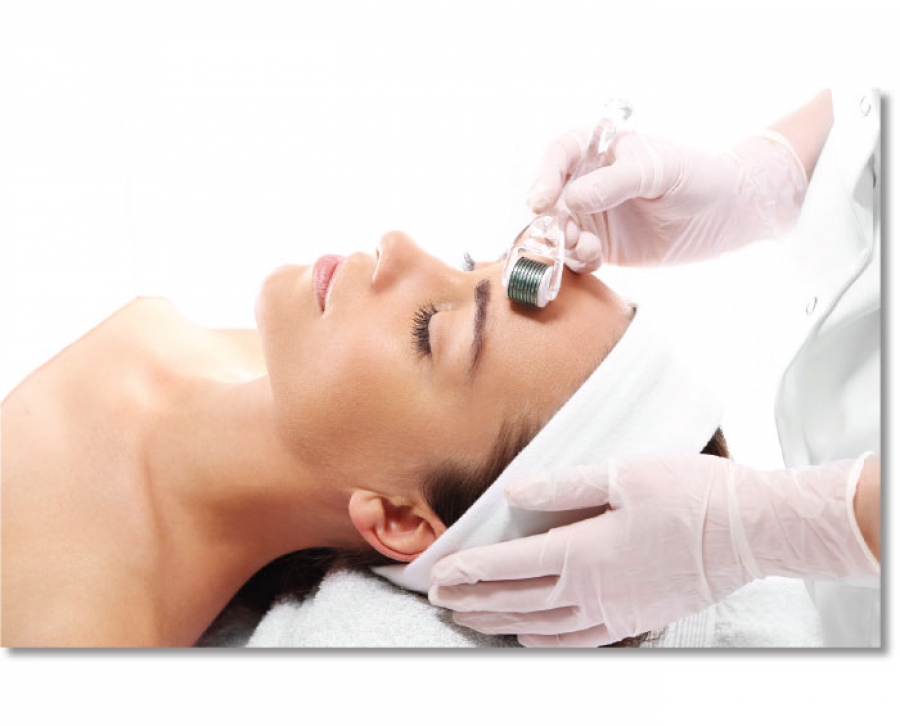While she might have read reviews or spoken with her family and friends, she might not know what information you need from her before her consultation.
The service cycle for a treatment starts before a client enters a medical spa. It starts with awareness of the need to feel and look better with minimum risks and affordable costs. Collagen induction therapy, or “skin needling,” is an inexpensive and safe response to such a need as it eliminates the risk of epidermal damage and reduces post-treatment downtime that is typically associated with ablative laser treatments. Collagen induction therapy activates the skin’s scarless, wound-healing response, and stimulates the production of collagen and elastin, which maintain the skin’s youthful bounce. Furthermore, collagen induction therapy does not cause dyspigmentation and is, therefore, a safe treatment method for all skin tones.
 While collagen induction therapy is safe, it is neither hassle-free nor does it guarantee to leave clients wrinkle-free; however, knowing the client’s role in this service encounter will help skin care professionals not only set realistic client expectations, but also improve treatment outcomes. For example, you suggest pre-treatment with skin care products rich in vitamins A and C, but the client consumes alcohol that depletes vitamin A and reduces pre-treatment efficacy, thereby affecting treatment outcome.
While collagen induction therapy is safe, it is neither hassle-free nor does it guarantee to leave clients wrinkle-free; however, knowing the client’s role in this service encounter will help skin care professionals not only set realistic client expectations, but also improve treatment outcomes. For example, you suggest pre-treatment with skin care products rich in vitamins A and C, but the client consumes alcohol that depletes vitamin A and reduces pre-treatment efficacy, thereby affecting treatment outcome.
To ensure clients are aware of their role in this service encounter and that they make an informed decision about their treatment options, create a script for the service desk to help your staff determine whether a client qualifies for collagen induction therapy. For example, collagen induction therapy is unsuitable for clients with chronic inflammation, active skin ailments, or severe skin laxity; therefore, disqualifying a client with these conditions in the first service contact saves the client’s time and consultation fee, which demonstrates spa’s “customer care” message.
Once qualified, ensure that the client has a broad understanding of the needling techniques, the resulting effects, and their role in the service encounter. For example, cosmetic needling (0.1 to 0.3 millimeter needles) does not reach the dermis to induce collagen production, but enhances penetration of topically-applied active ingredients in skin care products. Cosmetic needling causes very little bruising and post-treatment edema. In contrast, medical needling (1 to 2 millimeter needles) reaches just below the basal membrane and causes mild intradermal lesions that create scarless, wound-healing conditions and activate collagen synthesis for skin regeneration; therefore, medical needling is the preferred method for wrinkled and photodamaged skin.
Knowing the difference between treatment options and a client’s role in improving treatment outcomes helps clients adjust their expectations and increases their willingness to participate in the realization of desirable treatment outcomes.
